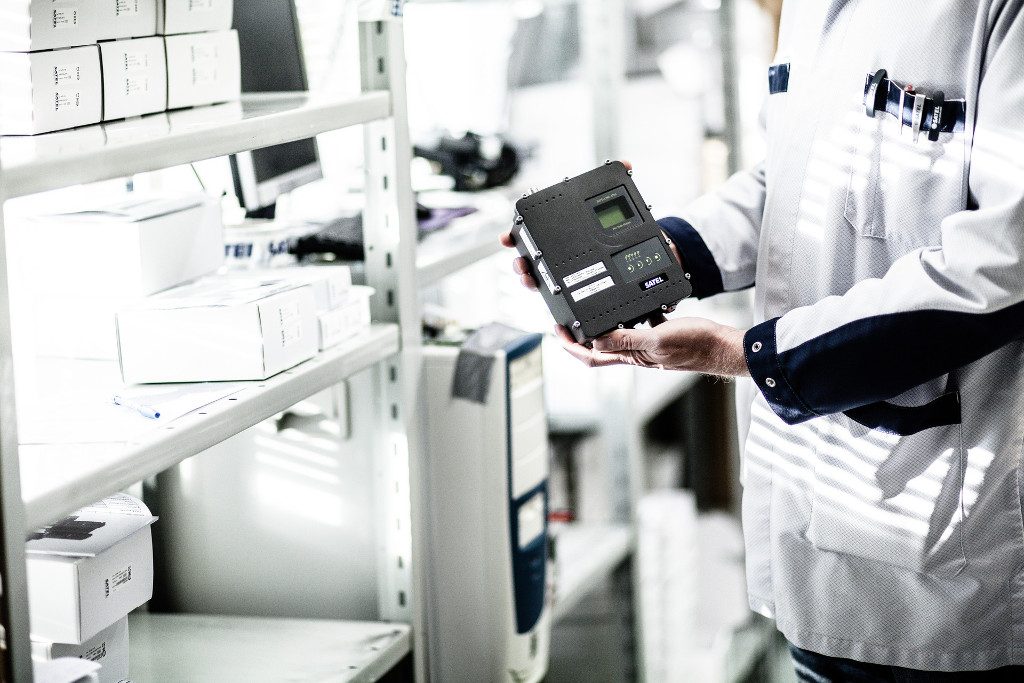Because the SATELLINE-4Pro is only available with “Survey Mode” firmware, Configuration Manager software is essential for loading a channel list and changing most settings. The most recent version of the software can be downloaded from our Support page.
Following are step-by-step instructions on loading a channel list to your 4Pro radio:
- Connect modem to your PC using a D9 serial interface cable or USB programming cable.
- Connect the 4Pro to power (check that you have the right voltage).
- Open SATEL Configuration Manager & click the “Program Preferences” tab.
- Confirm that the correct COM-port is selected and that the baud rate matches that of the radio (default baud rate of the 4Pro is 115200 bps). (Important: to be able to change settings, in the “Program Preferences” tab, under User Level Settings enter the maintenance password and login.)
- Select the blue “Connect” tab to fully access the modem settings.
- Select “Modem Settings” tab
- Select “Channel Selector”, blue button at the top right.

- If creating a new channel list, in the Channel Selector Window, select “Add” and the Channel Editor Form will appear. Here you can set the User Channel (1-XX), Tx and Rx Frequencies, Bandwidth (12.5, 20 or 25 kHz), and Channel Tx Power (NOTE: if Tx Power is left blank, the radio will default to the max. power of that unit and the saved channel list can be reloaded to any SATEL radio. See previous blog post here for more information.). Input your selection for the user channel and press OK. Continue this process for each subsequent channel, to complete your channel list. (If loading an existing channel list, in the Channel Selector Window, select “Load”, where you will then be able to browse for your saved CFG or CSF file)

- It is recommended that you then click the “Save” button, to save your new channel list to your PC.
- When done, click “Close”. Change “Channel List In Use” to “ON”. The edited settings will show in red font.

- Select the blue “Write Settings” button. Once complete, these settings will change to black font, indicating they’re loaded to the radio.

- We recommend you select “Save Configuration to File” to save all specified settings to your PC, before selecting “Disconnect”.
For additional questions, or if you’d like to suggest a technical topic for us to review in our blog, please email support@satelusa.com.

